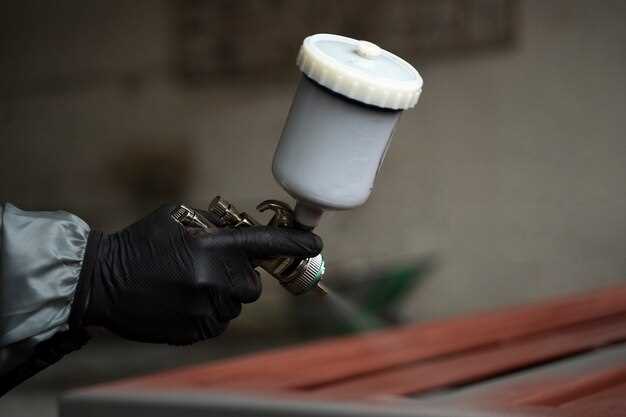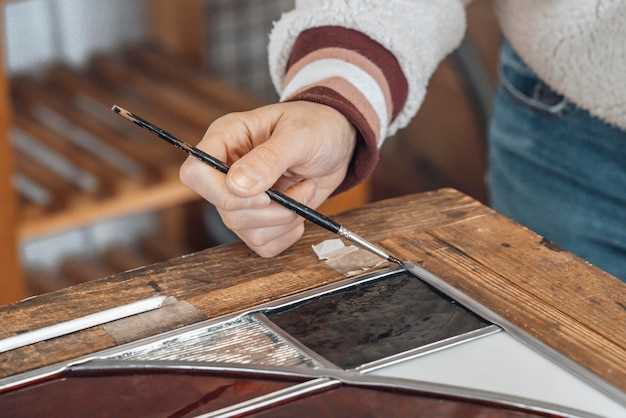Painting a fiberglass boat the right way

Painting a fiberglass boat is a task that requires careful planning and execution to achieve a durable and aesthetically pleasing finish. Fiberglass, known for its strength and lightweight properties, is a popular material in boat construction. However, it also necessitates specific techniques when it comes to painting to ensure good adhesion and longevity of the paint job.
Proper preparation is key to successfully painting fiberglass surfaces. Before applying any paint, it is essential to clean the boat thoroughly and remove any existing paint, wax, or contaminants. Utilizing the right tools and materials will set the foundation for a professional-looking finish. Understanding the specific characteristics of fiberglass will help boat owners choose the appropriate types of marine paint and primers.
Additionally, the painting process itself involves several stages, including priming, sanding, and applying multiple coats of paint. Each stage plays a vital role in enhancing the paint’s durability against harsh marine environments. Successful painting not only protects the fiberglass from UV damage and moisture but also revitalizes the boat’s appearance, making it look brand new.
In this article, we will guide you through the step-by-step process of painting a fiberglass boat, ensuring you have the knowledge and techniques to achieve a professional finish that will stand the test of time.
Selecting the Right Paint for Fiberglass Boats

Choosing the appropriate paint for fiberglass boats is crucial to ensure durability, appearance, and protection against harsh marine conditions. The first step is to identify the type of paint compatible with fiberglass. Most commonly, polyurethane and epoxy paints are recommended due to their excellent adhesion and long-lasting finish.
Polyurethane paints provide a glossy finish and superior UV protection, making them ideal for above-water areas. They resist fading and chalking, ensuring your boat looks good while also protecting it from the elements. Additionally, polyurethane paints are available in a variety of colors and can be easily buffed to restore their shine.
On the other hand, epoxy paints offer remarkable adherence and are best suited for underwater applications. These paints create a tough barrier that protects against water and marine growth. However, epoxy paints typically require a topcoat for UV protection and aesthetics.
When selecting paint, consider the application method. Many fiberglass boat owners opt for spray painting for an even finish, while others might choose roller applications for ease. Ensure the paint you select is suitable for your chosen method, as some formulations may require specific tools for application.
Another aspect to consider is the environmental conditions of your boating area. If you frequently venture into warm, sunny waters, a paint with high UV resistance will be essential. Conversely, in cooler climates, focus on paints designed for lower temperatures that still provide a robust protective layer.
Always check for manufacturer recommendations and consult with professionals if uncertain. Ensuring you have the right paint will not only enhance the boat’s aesthetic appeal but also extend its lifespan, making your investment worthwhile.
Preparing the Surface Before Painting
Preparing the surface of your fiberglass boat is a crucial step that can greatly influence the outcome of your painting project. Start by thoroughly cleaning the surface to remove any dirt, grease, and old wax. Use a marine-grade cleaner specifically designed for fiberglass to ensure all contaminants are eliminated. Rinse the surface with clean water and let it dry completely.
Next, inspect the fiberglass for any signs of damage, such as cracks or gelcoat blisters. Any imperfections should be repaired prior to painting. Use appropriate fiberglass repair kits, ensuring that the surface is smooth and level after the repairs have cured.
Once repairs are done, sanding the surface is essential for optimal paint adhesion. Use a sanding block with 120 to 220 grit sandpaper to scuff the fiberglass. Sanding helps to create a textured surface that allows the paint to bond effectively. Pay special attention to any glossy areas that may need additional sanding to ensure a uniform surface.
After sanding, wipe down the entire area with a clean, lint-free cloth to remove any dust and debris. This final cleaning step is vital, as any remaining particles can impact the quality of your paint finish. Verify that the surface is now free of all contaminants, and you are ready to begin the painting process.
Ensure you perform these preparatory steps carefully, as they’re essential for achieving a durable and professional-looking finish on your fiberglass boat.
Applying Paint: Techniques and Tips for a Smooth Finish

Applying paint to a fiberglass boat requires careful preparation and precise techniques to achieve a smooth, professional finish. Start by ensuring that the surface is clean and free from any contaminants. Wash the fiberglass thoroughly with soap and water, then rinse and let it dry completely. Any grease, dirt, or wax will affect paint adhesion.
Once the surface is clean, inspect it for any imperfections such as scratches or cracks. If necessary, sand these areas using fine-grit sandpaper to create a smooth base. After sanding, wipe down the entire surface with a solvent like acetone or denatured alcohol to remove dust and oils, ensuring optimal paint adhesion.
Choose high-quality marine paint specifically designed for fiberglass. These paints typically offer superior durability and resistance to the harsh marine environment. When mixing the paint, follow the manufacturer’s instructions carefully, as proper mixing ensures an even consistency essential for smooth application.
When applying paint, use a foam roller or a high-quality brush designed for smooth finishes. Start from the top of the boat and work your way down, applying the paint evenly in thin layers. Thin applications reduce the risk of runs and drips, leading to a smoother surface. Allow each coat to dry according to the instructions before applying additional layers; this helps achieve an even finish and enhances adhesion.
For optimal results, use a technique called brushing in ‘X’ patterns, which helps distribute the paint evenly and minimizes visible brush strokes. Also, consider using a paint sprayer for larger areas, as this method can provide a more uniform finish, eliminating brush marks altogether.
Finally, after the final coat has dried, inspect the surface for any imperfections, and lightly sand it with ultra-fine sandpaper if necessary. A final polish with a fiberglass polish will enhance the shine and provide additional protection against the elements. By following these techniques and tips, you can ensure a stunning, long-lasting finish for your fiberglass boat.




